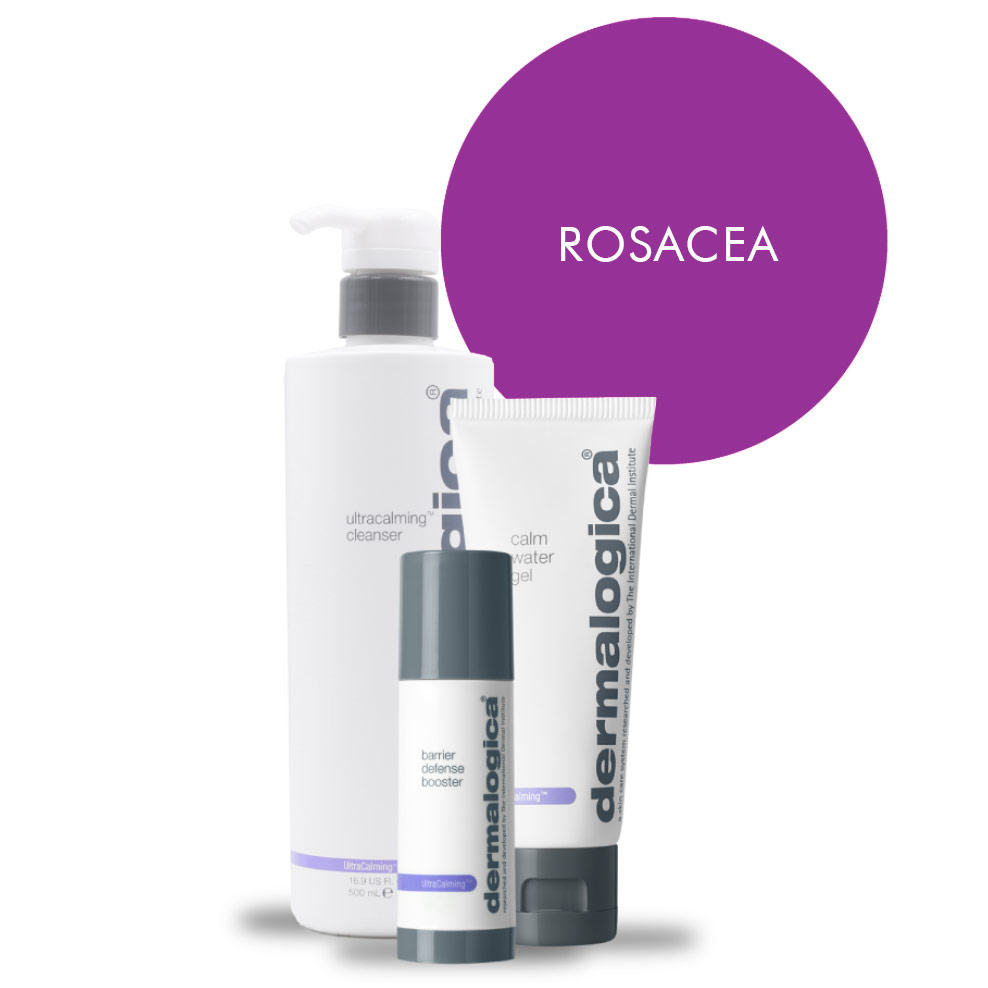Dermalogica for Hyper-Pigmentation
What is hyper-pigmentation? It is limited or wide-spread brown spots seen on the top of the skin which make the skin appear uneven in tone. Sun damage or over-exposure to the sun’s rays are the typical cause but ageing and hormone-related problems can also trigger it. As you mature, you may see the colour of your complexion change. There are several reasons why this can occur. The single thing that all types of hyperpigmentation have is the irregularity in the production of the reddish/brown pigment in the skin (melanin). Your genetics play a significant role in determining the amount of melanin you have in your skin – however, stimulation of additional melanin comes with exposure to ultraviolet radiation and ultimately leads to hyperpigmentation (“age spots”). Around ninety per cent of those with sun-generated age spots start to see them by the time they reach 60; although harmless, they can play a big part in the appearances of ageing. Liver spots, as they are also known, on the hands, cheeks, forehead and other areas are those parts of the body often exposed to the sun. Vitamin C provides photo-protection caused by UV-induced Free Radicals and limits the damage. In reality, only 55 per cent of UV Free Radicals is blocked by an SPF (Sun Protection Factor). So, an SPF Vitamin C serum provides the best possible protection against this main skin ager. Pollutants in the environment like the ozone can also deplete the naturally occurring antioxidants in skin, causing FR damage – there is also the suggestion of a close link between atmospheric pollutants and skin pigmentation. Pollution particles are minute – four hundred times smaller than that of a skin pore - meaning they can get into the deeper layers of the skin quite quickly, trigger irritation, leading to the production of FRs.
Pollution Pigmentation: What does it look like? Varied: can materialise as random patches of brown skin on the cheeks, nose, forehead, chin, the jawline or upper lip. When skin inflammation or irritation occurs, for instance, with spots or through injury, the colour pigment of our skin, melanin, forms part of the healing process of the wound. After a while, if there is no further aggravation of the skin, the condition my self-resolve and the darker coloured pigment diminishes.
Post Inflammatory Hyperpigmentation: What does it look like? On much lighter skin tones, darker pigmentation patches may appear redder – for instance, acne scarring.
Shirley recommends:
Cleanser: Therapist Recommendation
Exfoliator: Daily Resurfacer
Targeted Treatments: C-12 Pure Bright Serum (AM & PM)
Moisturiser: Pure Light SPF50
Night Cream: Pure Night











